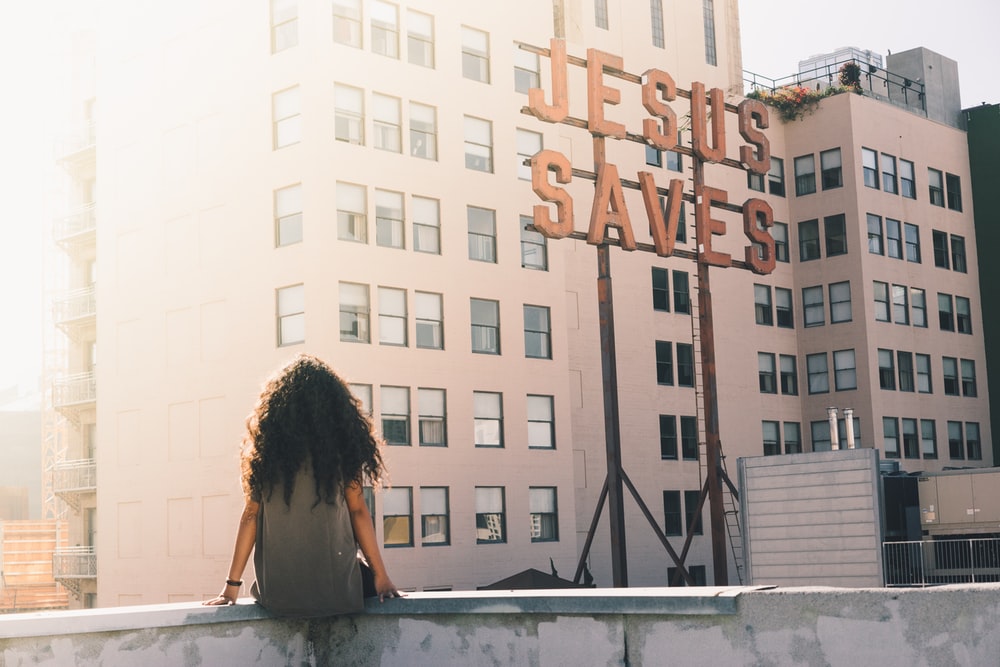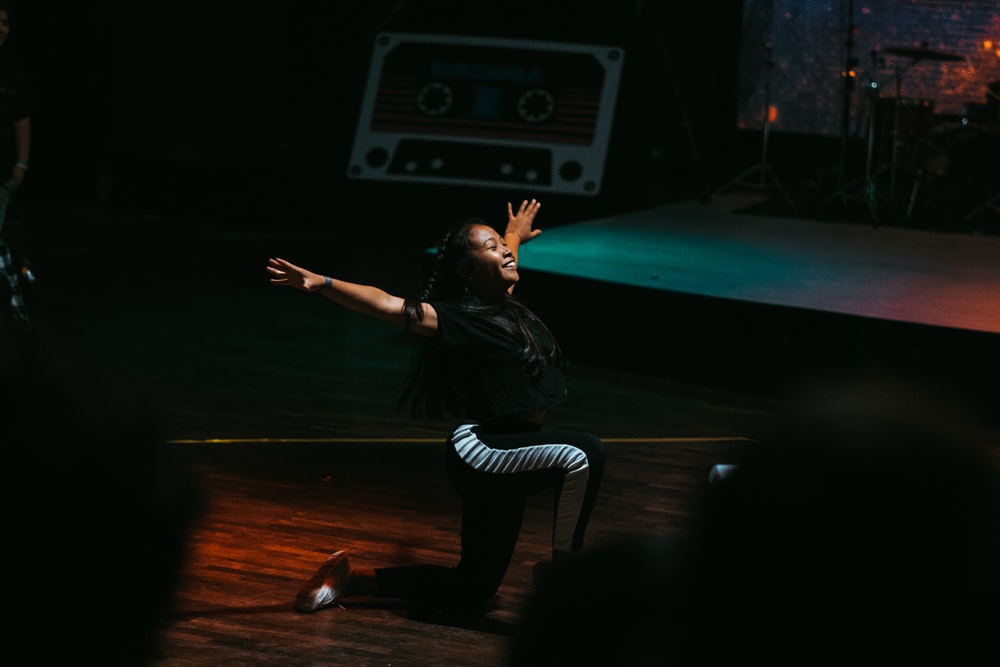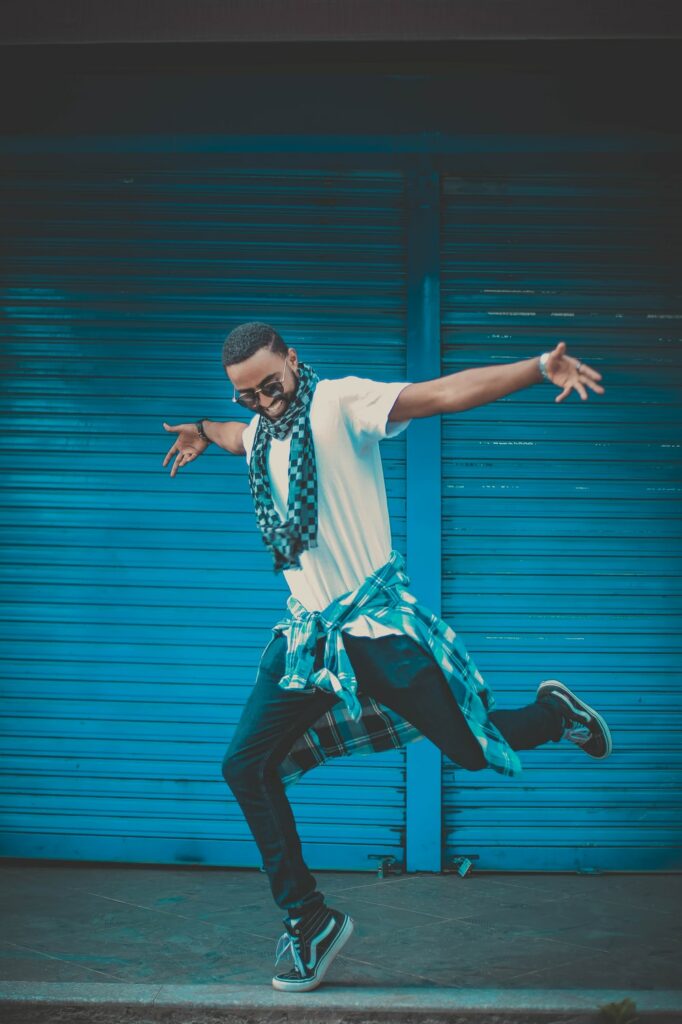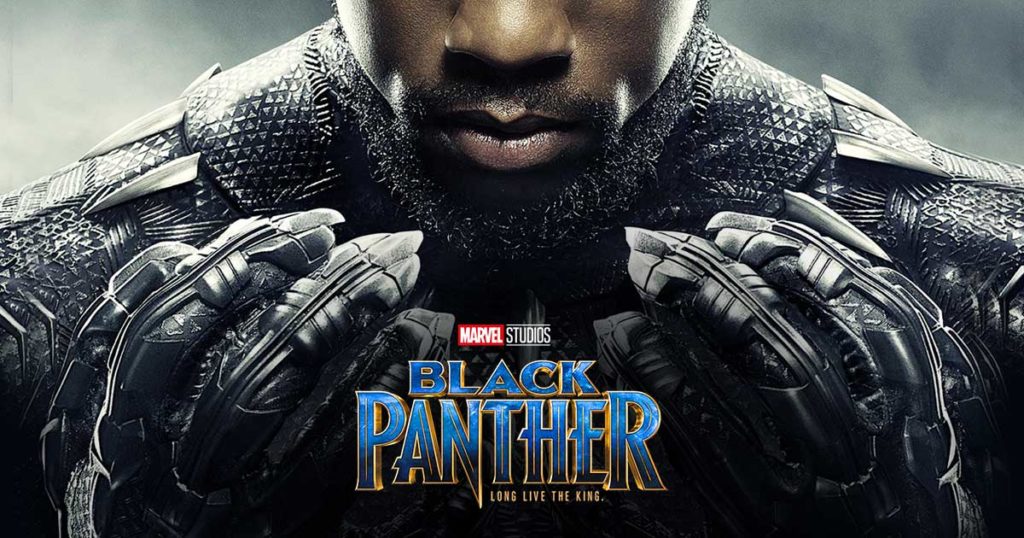Jazz, stands on stage. Her face painted white, in all Black, with white gloves. She breaths life into her song, aching and streching to explore the limits of expression. She’s almost doll-like with her smooth and sharp movements her face and hands another tool to convey her adoration. I sat still, in the crowd, barely breathing.
I pulled her aside “What Was That?!”
“Praise Dancing” she says.

Black church is a unique experience that is totally unlike white American church. It’s something that influences us all even if we aren’t Christian. It’s a major cultural touchstone and having left the church a few years prior this was my first time seeing praise dancing, specifically Mime. I attended an older church and so we had more singing than dance.
Praise Dancing became popular in the 1970s in the Black community as another way to express love and worship towards God. In Black culture the arts have always had a relationship with the church and many of us get our start there. It was only right that at some point, a specific style would emerge just around worship and dance.
What is Praise Dancing?

It’s also known as Liturgical, although seemingly no one outside of acedemia really calls it that. It’s the idea of mixing dance and worship and has been around in some form or another for likely as long as worship has been a thing. But, for Africans Americans there was an issue. You guessed it? Slavery. As Africans were stolen to the Americas, and many of us lost family members and traditions, we settled here to find that dance was not allowed. Or at least our dances, weren’t.
In many African cultures, dance and ritual were one in the same. When we were brought over, we were stripped of our religion and in time our dance. It was only once some people decided to convert us to Christianity that we found a work around. We were allowed to dance if we adhered to some rules, such as not crossing the feet. In time it was the rituals and cultures of Africa that were hidden under the guise of Christianity. It became mixed and what we think of as Black church today.
Praise Dancing Today
So, today Praise Dancing tends to incorporate a few different styles of Black dance. Some common stylings are modern, jazz, hip-hop and Caribbean dances. It’s said this was the influence of the Alvin Ailey choreography Revelations. Other big influences were the Arthur Mitchelle Dance Theater of Harlem and the Sacred Dance Guild. It’s created a style that is expressive, and choreographed. Some styles tend to be divided along gender lines, but it is avalible for anyone to do and perform as an expression of worship. Obvisiouly it’s most easily found in church although some Black talent shows will often feature it too.

Additionally now there have been some subcultures formed. Mime is a big one. It leans less on modern and more on performing the song with lip syncing and gestures. This really came out of the 1980s and started with K&K mime and has since become an amazing subgenere.
There is also Krump. And high energy expressive style that was originally praise dancing also. It comes out of clowning and was considered too raw, so it’s creators developed their own style. It’s since then develop into something amazing and has it’s own off shoots. Let me know if you’d like an article specifically about it.
Curious About Praise Dancing?
There are lots of videos online of different performances. I’ll leave a few of my favorites below. Check them out and let me see your favorites?


